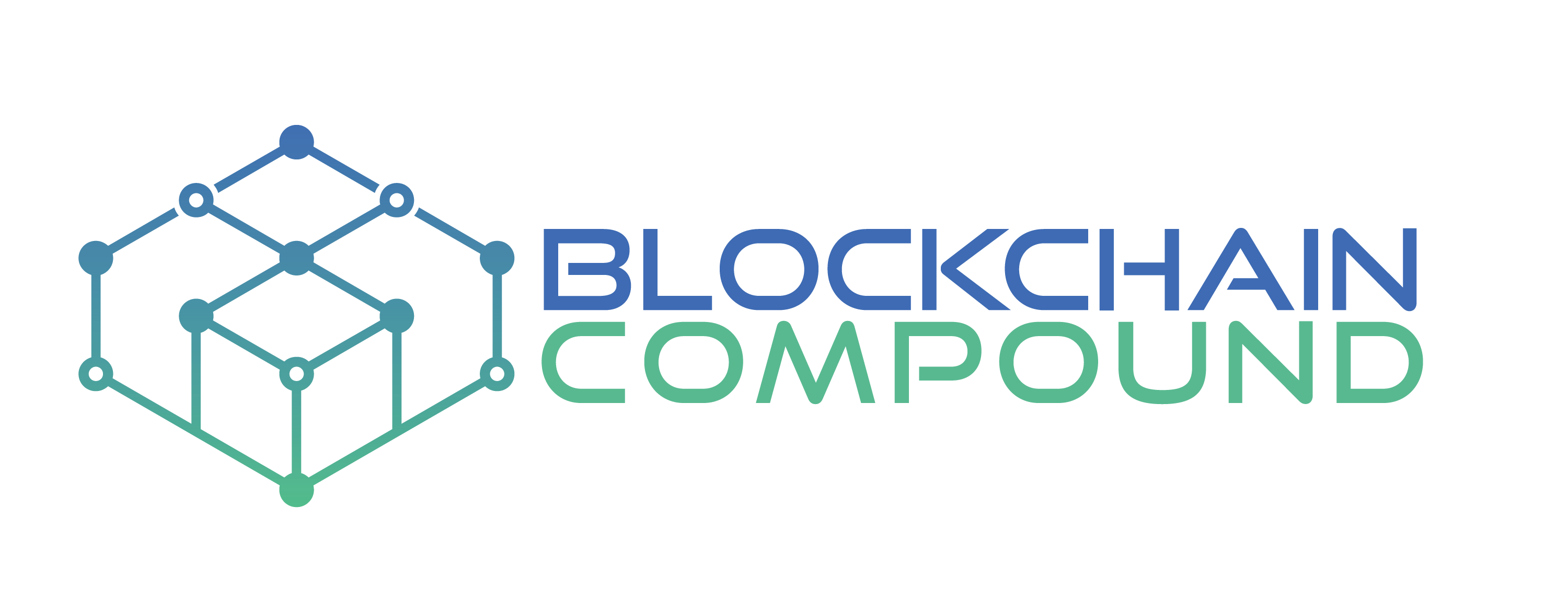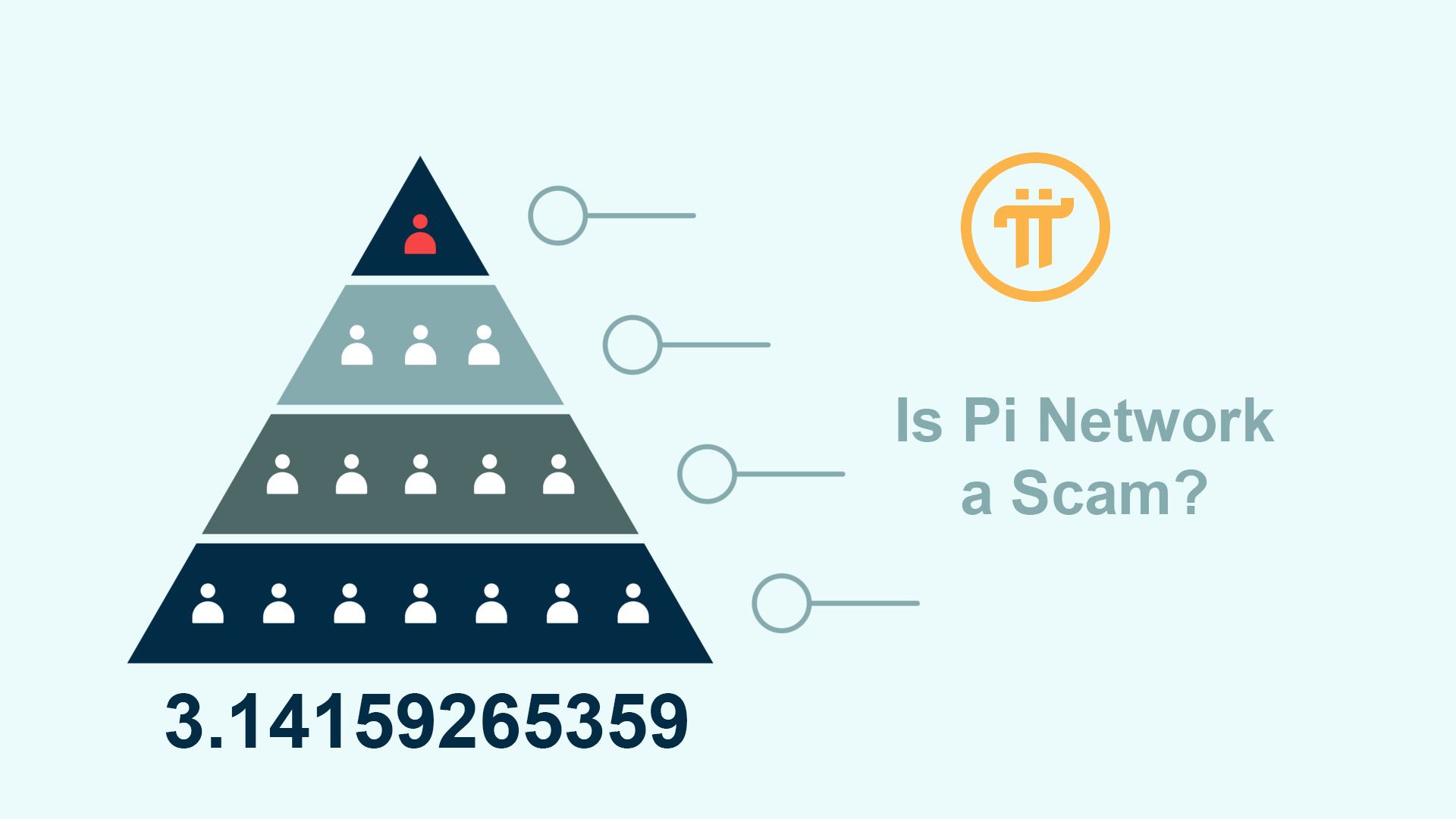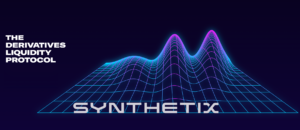At the moment, Pi is just a project and not a currency in the traditional sense. In 2019, Stanford students Nicolas Kokkalis, Chengdiao Fan, and Vince McPhilip developed and launched the network. The Pi white paper reveals their basic idea to address the disadvantages of bitcoin mining and bring the cryptocurrency closer to people.
People involved in the Pi network are currently building the community necessary to launch the Pi digital currency in the future. The aim of Pi Network is to address the disadvantages of Bitcoin mining and bring cryptocurrency closer to people.
Unlike Bitcoin, which requires specialized hardware and significant electricity consumption, Pi Network can be mined using a mobile phone app. This makes it much easier for people to participate in the mining process and earn Pi coins.
The only way to join the Pi network community is if someone invites you. Pi network members are popular because they receive extra Pi coins for each referral. In order to increase the value of Pi coins, people are willing to share their referral codes with others. Codes can be found in blogs, YouTube videos, and even Facebook posts.
How does Pi Network work?
The only way to join the Pi Network community is if someone invites you. Pi Network members are incentivized to invite others to join the network because they receive extra Pi coins for each referral. To increase the value of Pi coins, people are willing to share their referral codes with others. These codes can be found in blogs, YouTube videos, and even Facebook posts.
The Pi referral program may seem similar to a pyramid scheme, but it is actually a multi-level marketing (MLM) program. Unlike a pyramid scheme, referral bonuses are only given to users who refer their friends directly. The original user is not affected by what their referrals do in the future.
The Pi Network currently has over 30 million active users, making it one of the largest digital currency communities in the world. While Pi is not yet a tradable currency, the team behind the project is working to build the infrastructure necessary to launch Pi as a digital currency in the future.
Pi network scam?
The Pi referral program looks a lot like a pyramid scheme. Investing in this type of scheme is illegal in many countries because it implies that early participants are enriched by those who come later. However, in the case of Pi, it is a little more complicated than that. That is, its referral program is MLM (Multi-Level Marketing). In spite of this, it does not constitute a pyramid scheme. Referral bonuses are only given to users who refer their friends directly. The original user is not affected by what their referrals do in the future.
Currently, the Pi network has over 30+million active users, which is quite a large number considering it started only four years ago.
Let's define what a Pyramid Scheme is:
A pyramid scheme is a type of scam that promises participants the opportunity to make money through a multi-level marketing (MLM) program. However, the reality is that only the people at the top of the pyramid will make money, while those at the bottom will typically lose their investment. The way a pyramid scheme typically works is by recruiting participants to invest money in the program. These participants are then encouraged to recruit others to join the program and invest their own money. Each new participant who joins the program is then encouraged to recruit even more participants, and so on. This creates a pyramid-shaped structure, with the original participants at the top and a growing number of new participants at the bottom. As new participants join the program, they are required to pay a fee to the person who recruited them. This fee is often a significant amount of money, and the promise is that the participant will eventually be able to recoup their investment by recruiting even more participants and collecting fees from them. However, as the pyramid grows and more people join, it becomes increasingly difficult for new participants to recruit enough people to earn back their investment. This is because the number of people required to join the program in order for the bottom-level participants to make money grows exponentially. Ultimately, pyramid schemes are unsustainable and will eventually collapse when there are no more people left to recruit. Those at the top of the pyramid will have made a significant profit, while those at the bottom will have lost their investment.
When it comes to the legitimacy of Pi network, it’s important to recognize that the project is still in its early stages. While the team behind Pi has outlined their vision and goals in the white paper, it’s difficult to say whether the project will be successful or not until it is launched as a digital currency.
It’s worth noting that skepticism around new digital currencies is not uncommon. When Bitcoin was first introduced in 2009, many people dismissed it as a scam. Even today, some people still view Bitcoin with suspicion. However, despite the skepticism, Bitcoin has gained widespread acceptance and is now considered a legitimate digital currency.
In the case of Pi Network, it’s too early to say whether the project will follow in Bitcoin’s footsteps or not. While the project has gained a significant following, it’s important to approach it with a critical eye and to recognize that there are risks involved with any new digital currency.
That being said, the Pi Network team has taken steps to address concerns about the legitimacy of the project. By making their code open source, the team has made it possible for anyone to review the code and verify that it is legitimate. Additionally, the team has stated that they do not intend to sell Pi coins to investors, which is a common red flag for scams.
Final Thoughts
Pi Network is an exciting project that has the potential to revolutionize the world of digital currency. By making it easier for people to participate in the mining process, Pi Network has the potential to bring cryptocurrency to a wider audience. While the project is still in its early stages, it’s worth keeping an eye on to see how it develops in the future. As a retail investor, I do use the Pi network app and I do mine Pi and I have referred it to a few friends.
Do I think it’s a scam? At the moment I don’t think it matters. I have not invested a single penny other than spending some time on the app maybe 2 or 3 minutes a day. I have nothing to lose! When Bitcoin first came out I heard all the same things and It influenced my decision back then. I am whiling to take a few extra risks these days to give myself a chance to be free from this terrible economic system we are currently in. I have watched my hard-earned dollars devalue more and more each year doing it the old fashion way saving it in a bank only to see those banks fail and get bailed out and give out laughable returns. Pi is math I am putting a little more trust in math.
Finally in honor of Pi Day this is the video message sent to all us Pioneers by the Pi Network celebrating 4 years since its official launch.
Some important product releases and updates are mentioned in this video.




